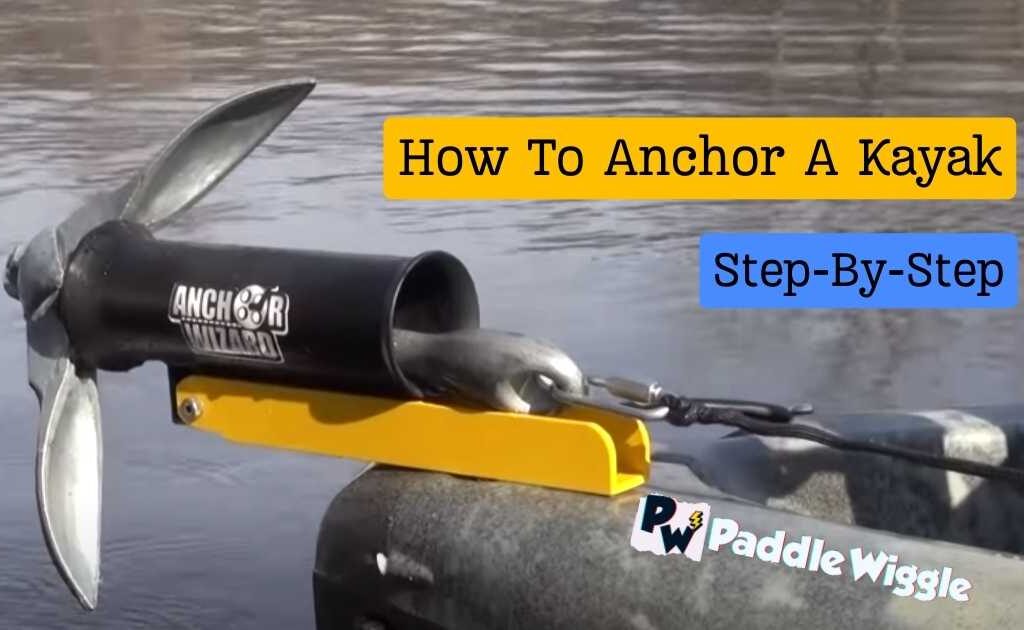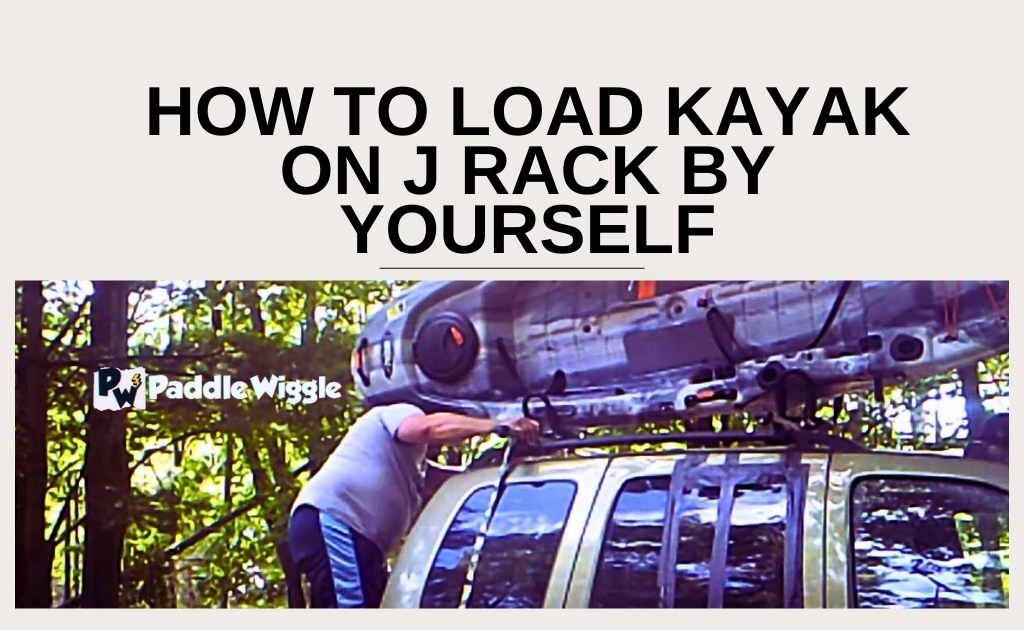As winter arrives and the cold weather takes hold, people who love kayaking face some unique challenges. While the idea of paddling on icy waters can be exciting, most kayakers need to figure out what to do with their kayaks during the winter months.
Storing your kayaks the right way during the cold winter is really important. It helps keep your kayaks in good shape and prevents damage. But here’s the thing: some kayakers might want to keep paddling in the winter, while others might need more space to store their kayaks indoors.
So, what’s the best way to store kayaks outside during winter? Should you leave them outside or find a way to keep them indoors?
In this guide, we’ll give you a step-by-step plan for storing your kayaks outside during the winter. We’ll also share five effective ways to do it while protecting your kayaks from freezing temperatures, snow, and ice.
Let’s get started so you can enjoy your kayaks all year round!
Contents
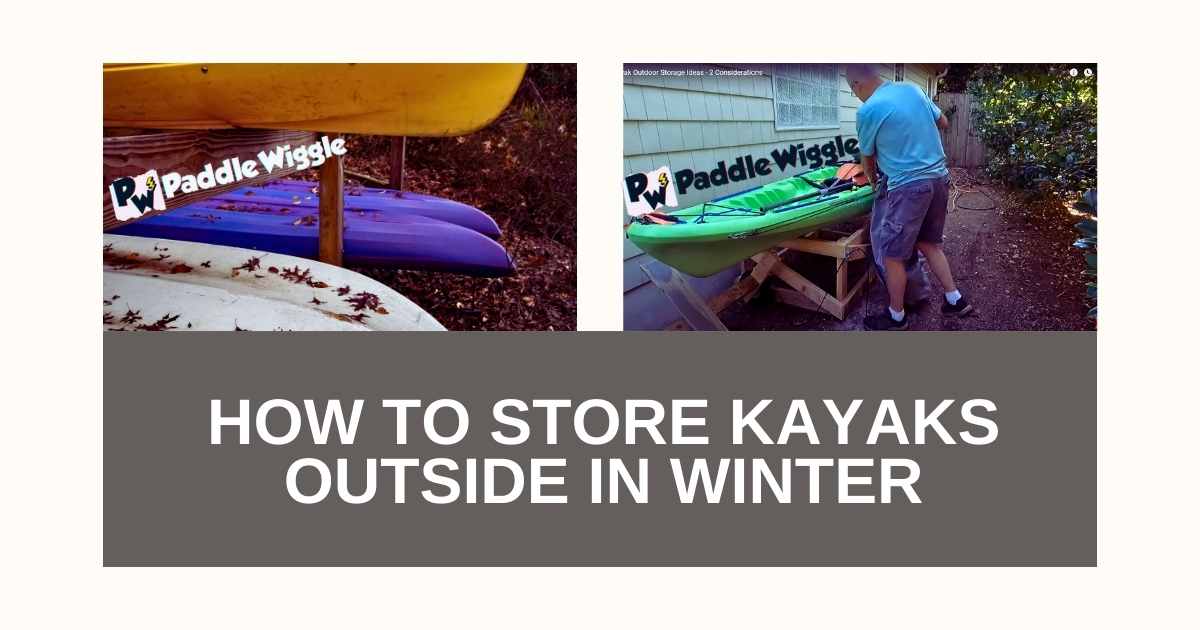

Step By Step Guide To Storing Kayaks Outside In Winter
To store your kayak outside during the winter months, follow these step-by-step instructions to ensure it remains protected and in good condition.
Step #1: Choose a Suitable Location
Select a sheltered outdoor location such as a covered patio, shed, or carport. This will provide some protection from snow, ice, and direct exposure to the elements. A sheltered spot helps prevent excessive moisture buildup and reduces the risk of damage.
Step #2. Elevate and Support
Use a kayak storage rack or stands to elevate your kayak off the ground. This prevents the kayak from sitting on wet surfaces and reduces the risk of damage. Make sure the supports are stable and capable of holding the weight of your kayak.
Step #3. Position Upside Down
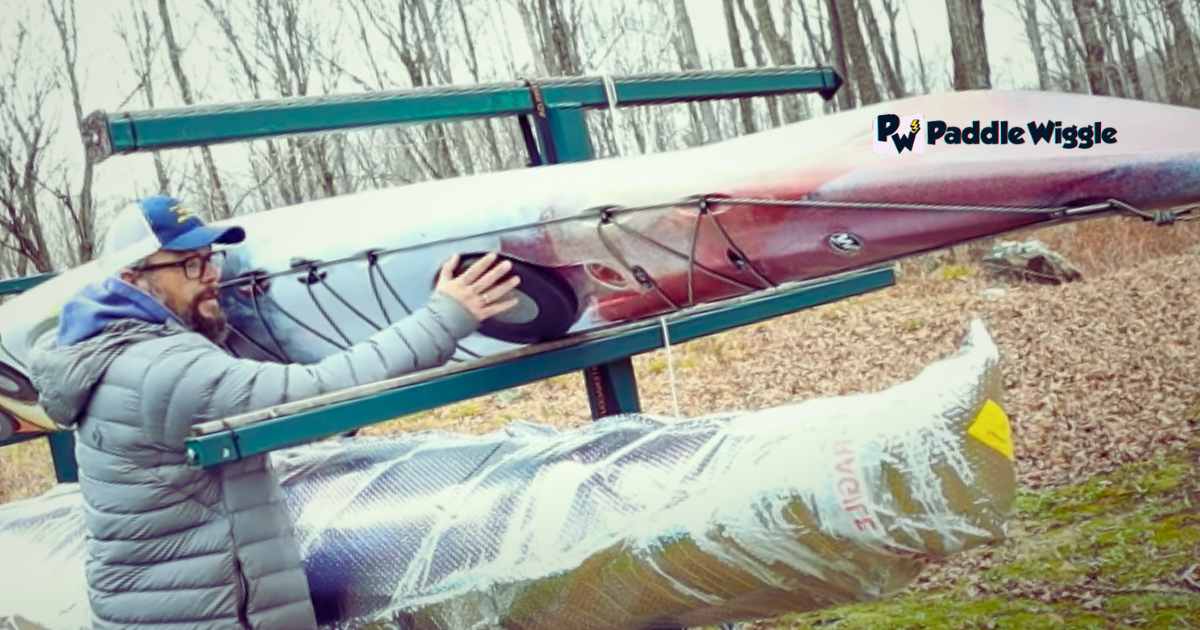

If you’re not using a kayak cover, position your kayak upside down on the supports. This helps prevent water, snow, and debris from accumulating inside the cockpit. Keeping it upside down also ensures that any precipitation easily runs off instead of pooling on top.
Step #4. Remove Hatches and Drain Plugs
Open all hatches and remove drain plugs to allow for proper ventilation and drainage. This prevents moisture from getting trapped inside during storage, which could lead to damage or mold growth. Proper ventilation is crucial for maintaining the integrity of your kayak.
Step #5. Cover the Kayak
If you have a kayak cover or tarp, drape it over your kayak, ensuring that it covers every part, including the cockpit area. Use straps or bungee cords to secure the cover in place, but avoid making it overly tight, as this may restrict air circulation. A snug fit is sufficient to protect against snow, rain, and debris.
Step #6. Secure Against Wind
In areas prone to strong winds, use additional straps or bungee cords to secure your kayak firmly in place. This prevents it from being blown around or knocked over by gusts of wind. Be cautious not to overtighten the straps, as this may cause damage to your kayak.
Step #7. Protect Hardware
Apply a silicone-based lubricant to any metal or moving parts such as buckles, hinges, or rudder systems. This helps prevent freezing and rusting during the winter months. Regularly inspect these areas for signs of freezing or rust and reapply lubricant as needed.
Step #8. Inspect Periodically
Periodically check on your kayak during the winter to ensure it remains in good condition. Remove any accumulated snow, ice, or standing water from the cover. Inspect the cover itself for any signs of damage or wear that may compromise its effectiveness.
Step #9. Optional Padding and Extras
Consider using soft padding such as foam or pool noodles to cushion and protect your kayak’s hull if it’s in direct contact with the supports. This provides an extra layer of protection against scratches or dents. You can use zip ties to secure the cover more effectively.
Step #10. Lubricate Hardware (As Needed)
If you notice any signs of freezing or rust during your periodic inspections, reapply the silicone-based lubricant to metal or moving parts as needed. This will help maintain their functionality and prevent damage caused by winter conditions.
By following these steps, you can store your kayak outside in winter while ensuring its protection against harsh weather conditions and reducing the risk of damage. Remember to take proper precautions and periodically check on your kayak throughout the season.
5 ways To Store Kayaks Outside in Winter
Winter can be a challenging season for kayak owners, as finding the right storage solution becomes crucial to protect their beloved watercraft. Storing kayaks outside in winter requires careful consideration to prevent damage caused by freezing temperatures, snow, and ice.
Let’s explore five effective ways to store kayaks outside during the winter months, ensuring that your kayak remains in top condition and ready for your next paddling adventure.
#1. Using a Freestanding Rack System
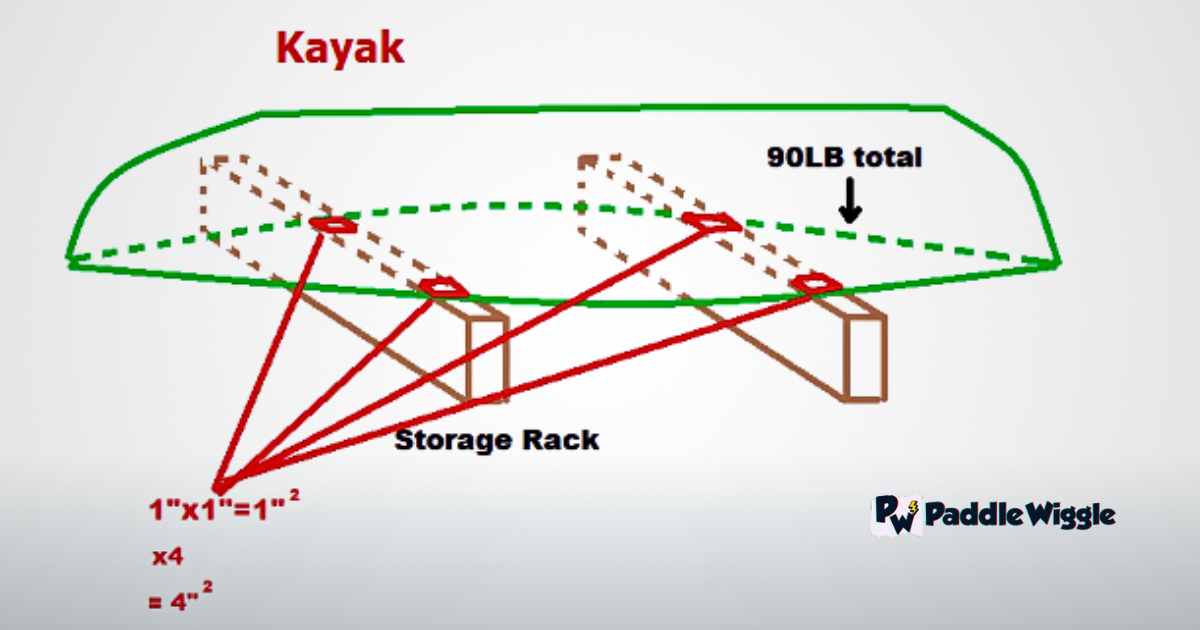

One option for storing your kayak outside during the winter is to use a freestanding rack system. These racks are designed to hold your kayak off the ground, protecting it from moisture and potential damage. They also provide easy access when you’re ready to hit the water again.
Pros:
- Keeps kayaks off the ground, preventing contact with damp or frozen surfaces.
- Provides stability and support for multiple kayaks.
- Allows for easy organization and accessibility.
Cons:
- Requires space in your yard or outdoor area.
- It may not offer complete protection from harsh weather conditions.
#2. Hanging Kayaks Vertically on Wall-Mounted Brackets
Another space-saving option is to hang your kayaks vertically on wall-mounted brackets. This method keeps your kayaks off the ground while maximizing storage efficiency. It also helps prevent the warping of the kayak hulls.
Pros:
- Saves valuable floor space, especially in smaller storage areas.
- Prevents warping by evenly distributing weight along the kayak’s length.
- Easy to install and adjust as needed.
Cons:
- Requires sturdy walls or supports capable of holding the weight of the kayaks.
- It can be challenging to lift heavier kayaks onto the brackets.
#3. Utilizing Overhead Pulley Systems
If you want a convenient storage solution that offers protection from rodents or pests, consider utilizing an overhead pulley system. These systems allow you to hoist your kayak up and out of reach when not in use, keeping it safe and secure.
Pros:
- Maximizes floor space by utilizing unused overhead areas.
- Provides added security against theft or damage caused by pests.
- Easy to operate with a simple pulley mechanism.
Cons:
- Requires proper installation and knowledge of pulley systems.
- It may not be suitable for individuals with limited upper body strength.
#4. Building a Custom Shed or Shelter
For those with ample outdoor space and a desire for a more permanent storage solution, building a custom shed or shelter specifically designed for kayak storage is an excellent option. This provides maximum protection from the elements while keeping your kayaks easily accessible.
Pros:
- Offers complete protection from harsh weather conditions.
- Provides ample space to store multiple kayaks and accessories.
- It can be customized to fit your specific needs and preferences.
Cons:
- Requires significant time, effort, and financial investment to build.
- May need permits or approvals depending on local regulations.
#5. Creating a DIY Cradle System
If you’re looking for a budget-friendly option that still provides cushioning and support for your kayak, consider creating a DIY cradle system using foam blocks or pool noodles. These materials can be shaped and secured to create a customized storage solution.
Pros:
- Cost-effective alternative to commercial storage options.
- Easy to customize based on the size and shape of your kayak.
- Provides cushioning to protect against scratches or dents.
Cons:
- It may offer less stability than other storage methods.
- Requires regular maintenance to ensure foam blocks or pool noodles remain secure.
Learn More
Can I leave my kayak outside uncovered during winter?
Leaving your kayak uncovered outdoors during winter is not recommended. Exposure to harsh weather conditions, such as snow, ice, and extreme temperatures, can cause significant damage over time. It’s best to invest in a quality kayak cover or find alternative storage solutions mentioned in our guide.
How often should I check on my stored kayak during winter?
It’s a good idea to check on your stored kayak periodically throughout the winter season. Inspect for any signs of damage, pests, or moisture buildup that may need immediate attention. By staying vigilant, you can address any issues promptly and prevent them from worsening over time.
Can I hang my kayak from the ceiling for winter storage?
Yes, hanging your kayak from the ceiling can be a great storage solution as long as it’s done correctly. Ensure that the hooks or straps you use are sturdy enough to support the weight of your kayak. Make sure the area is well-ventilated and not prone to temperature fluctuations that could damage your kayak.
Final Words
As winter arrives and covers everything in snow, it’s important to figure out how to store your kayaks outside. Kayaks aren’t just boats; they’re your ticket to exciting adventures on the water. To make sure they’re ready for your next adventure, you need to store them properly during the winter.

